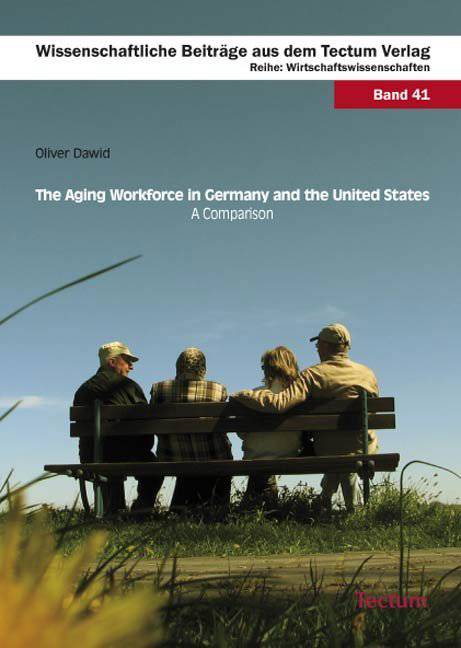
- Afhalen na 1 uur in een winkel met voorraad
- Gratis thuislevering in België vanaf € 30
- Ruim aanbod met 7 miljoen producten
- Afhalen na 1 uur in een winkel met voorraad
- Gratis thuislevering in België vanaf € 30
- Ruim aanbod met 7 miljoen producten
Zoeken
The Aging Workforce in Germany and the United States - A Comparison
Oliver Dawid
€ 25,45
+ 50 punten
Omschrijving
While many developed countries are confronted with the phenomenon of an aging labor force, various approaches towards this topic can be found. There are debates on the effect an aging workforce will have on the future labor supply and how this might influence general wealth and prosperity. Possible measures for adjustment and reform options are matters of numerous analyses and studies. Much research has been done on a national basis, identifying the existing patterns and problems and examining the sustainability of the respective social security systems. Cross-national studies that put individual findings into perspective are scarce. Oliver Dawid compares the situation of the aging workforce in Germany and the United States of America. He expounds how workforce aging affects Germany and the U.S. differently and which country seems to be better prepared to deal with this phenomenon. The author also presents a variety of potential opportunities for improvement to help both nations on the brink of substantial demographic transitions.
Specificaties
Betrokkenen
- Auteur(s):
- Uitgeverij:
Inhoud
- Aantal bladzijden:
- 102
- Taal:
- Engels
- Reeks:
- Reeksnummer:
- nr. 41
Eigenschappen
- Productcode (EAN):
- 9783828822900
- Uitvoering:
- Paperback
- Afmetingen:
- 148 mm x 210 mm

Alleen bij Standaard Boekhandel
+ 50 punten op je klantenkaart van Standaard Boekhandel
Beoordelingen
We publiceren alleen reviews die voldoen aan de voorwaarden voor reviews. Bekijk onze voorwaarden voor reviews.











